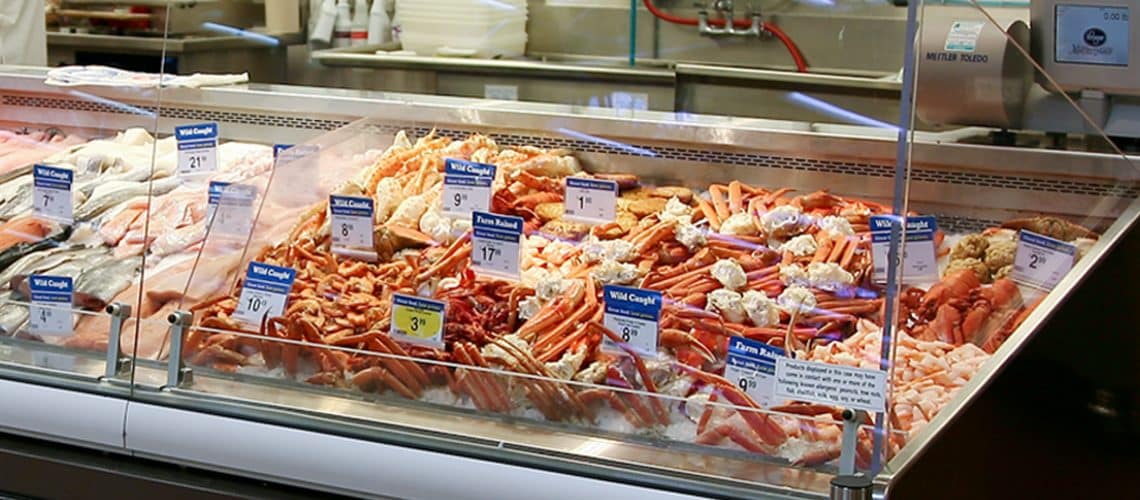How Food Retailers Could Meet the Seafood Demand

Meal preparation and convenience have taken center stage with technology during the Coronavirus pandemic. And, since convenience and safety are in consumers’ minds for all the obvious reasons, fresh, frozen, and easy-to-prepare meals are topping sales charts.
Seafood sales, both fresh and frozen, are seeing double-digit growth in 2020 and the growth is expected to continue. For food retailers, this is an opportune time to hit sales targets and capitalize on the trend as grocery stores have a great advantage and are picking up some of the restaurants’ losses.
Here are some of the ways how food retailers could meet the seafood demand:
Education and Marketing
The right combination of in-store marketing and providing customers’ information and ideas on how to prepare seafood meals to lead to dollars at the register. Educating customers on how to choose seafood products and providing them nutritional benefits of seafood as well as easy-to-cook recipes contribute to customer purchase behavior and would get consumers to buy more. Targeted marketing, right product exposure, and promotion are some of the key strategies retailers should adopt in their operations.
Utilizing the Right Display Cases
Merchandising is one of the best practices in meeting the seafood demand. Energy-efficient, practical, and robust merchandisers play a significant role in successfully showcasing frozen and fresh seafood products. Self-service display cases are on the rise due to COVID-19 since it eliminates counter staff and handling seafood. The right display cases keep your products fresh, eye-catching, and provide better visibility for customers.
Thinking Green
To think green, food-retailers need to pay attention to the factors customers consider when choosing seafood: health and sustainability. Eighty-two percent (82%) of seafood customers seek nutritious seafood products while 64% of seafood consumers search for sustainable seafood options. As customers continue to dive into supermarket seafood counters, retailers should know that answering customers’ purchase factors would reap them great rewards, most especially in this category.
The world post-COVID-19 may still be up in the air for the food retail industry but consumers’ attitude towards food stays clear. Customers will always seek and innovate meal preparation in favor of healthier, tastier, and readily available alternatives and as long as food retailers strategically cater to these components, operations will rise and remain afloat.